Solomon, I have outdone thee,” were the words spoken by Justinian the Great in the 6th century as he beheld the awe-inspiring beauty of his newly rebuilt cathedral of the Holy Wisdom of God- St. Sophia in Constantinople. Since that time, Orthodox Christian churches have endeavored to replicate elements of that same classical design.
Usually built at great expense, towering cathedrals were prominently situated in the great centers of earthly power and prestige throughout the inhabited world. How then, one might ask, can a little known Guatemalan village, with the famous name of Los Angeles, qualify for such a lofty honor?
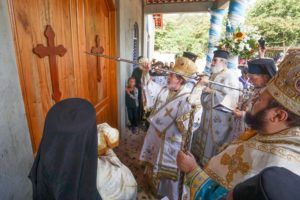
“Open, open the gates and let them remain open forever and let the King of glory enter,” the Archbishop commands.
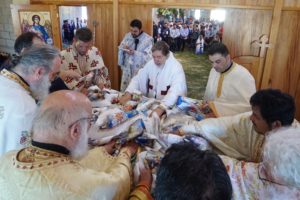
Many “antiminsia” depicting the entombment of Christ are blessed with the holy and fragrant oils used to consecrate the Holy Altar.
Indeed, there could be no two places in the world further apart in terms of development. Up until a few years ago, the only way to enter the once war-torn region of Ixcan, where the village of Los Angeles is located, was by plane or helicopter. Today, however, we can access Los Angels by first traveling along the border between Mexico and Guatemala, then crossing a border bridge onto a red dirt road, barely wide enough for one car. A bumpy three-kilometer roller-coaster ride of twists and turns through a dense jungle, burned in sections to create farm land and animal pasture, brings us to our destination. Only six years ago, I made this same trip by a different route through lush green mountains with Fr. Andres Giron, the church’s founder, and Fr. Evangelos Pata, its pastor. Upon arrival, we climbed a steep, muddy path to the entrance of the little church, a humble structure of slightly separated wooden slats and a rusty metal roof. The dirt floor reeked with the welcoming fragrance of pine needles and wild flowers. On that day, I could never have imagined that my eyes would see the building that exists today — a magnificent cruciform and domed structure, rivaling in size and quality of construction and grandeur many of our Orthodox churches in America. How could such a miracle of resilient faith, human resolve and ingenuity manifest itself in such a remote location, known for its oppressive heat, torrential rains and flooding, difficult access and limited resources? Here there were no road signs, gas stations, hardware stores or sanitary facilities. The only scaffolding available was makeshift structures of wood harvested from the nearby forest and nailed precariously together for support. And yet, to the amazement of all, an ambitious building project, which began from a simple sketch nine months ago on August 18th, is now a completed and consecrated Orthodox church. It now will celebrate the feast day of the Nativity of St. John the Baptist and Forerunner on June 24th, intentionally chosen to coincide with and in honor of the ordination day of Father Andres Giron to the holy priesthood. The impetus to build the church began some four years ago with a generous offer of sponsorship from Fr. John Rallis of St. John the Baptist Church in Des Plaines, Illinois. Through his encouragement and support, together with the architectural expertise of George Prosiliakos, possible sites for the project were evaluated. Fr. Evangelos Pata, the itinerant priest for many of the Orthodox communities in the region, knowing the pulse of the people in Los Angeles, gave his approval, as this community showed great zeal in establishing their community as a center for Orthodoxy that would also reach out to its neighbors and beyond. Even with such a strong recommendation, no one could have believed that a small, but dedicated core group of basically unskilled laborers with some outside help from their neighbors could accomplish so great a feat. Thus the humble village of Los Angeles, “among the least” in the land of the Mayans, has become the forerunner in our collaboration with those who would embrace Christ through the “One, Holy, Catholic and Apostolic faith.” While the church in Ixcan may never rival St. Sophia in its scope and size, the awe-inspiring achievement of the humble people of Los Angeles will certainly resound until the Second Coming to the glory of God. Acknowledgement must also be given to His Eminence Archbishop Athenagoras, for his blessing and encouragement, as well as to the Orthodox Christian Mission Center and the Ancient Christian Foundation for their generous support. Many have been the angels that have prepared the way of the Lord, enabling the parish of St. John the Baptist to call the people of Ixcan to repentance.
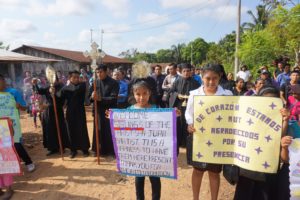
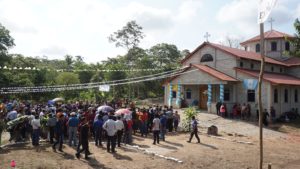
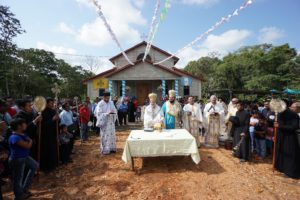
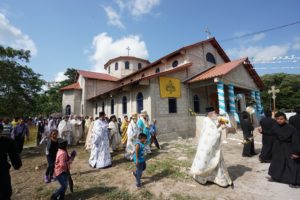
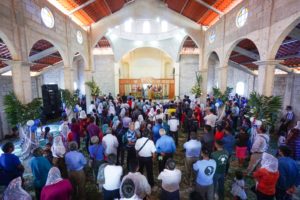
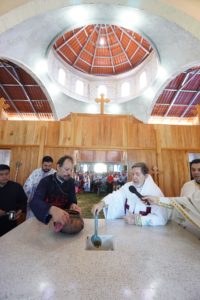
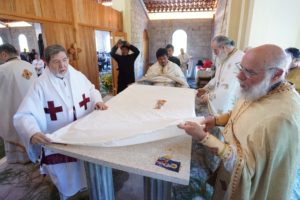
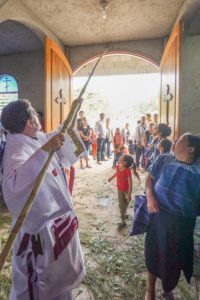
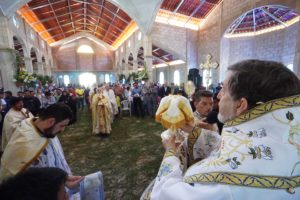
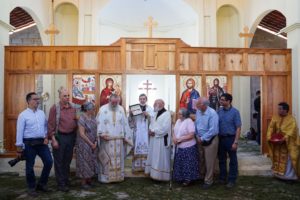
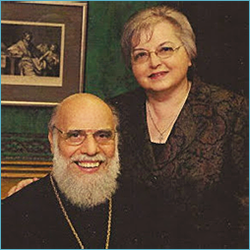

What an amazing and inspiring report, Fr. John! thank you!